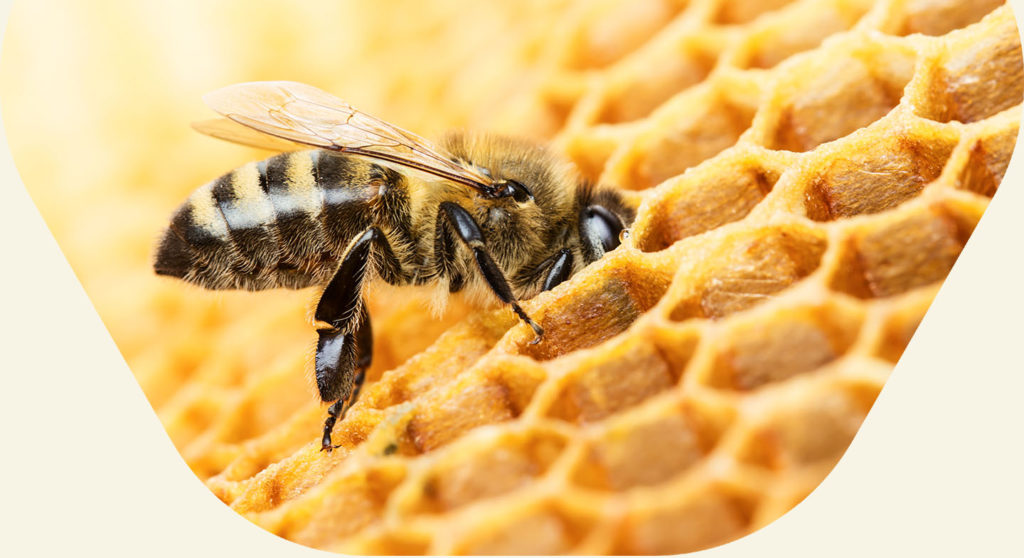API of the Month
Mathieu Domecq
Editor-in-chief of the API blog of the month
France is split into regions where the weather has been advantageous and others where it has not. Our foragers have been able to benefit where rain was followed by sunny days. In the coming weeks, many beekeepers will start the summer harvest (sunflowers, lavender, etc.). Together, we shall look at the month’s work to be planned before focusing on the propolis and the brood’s development.
Did you know that only 1% of the foragers in a beehive gather propolis. In terms of weight, it’s the smallest harvest: from 50 to 150 g/year on average.
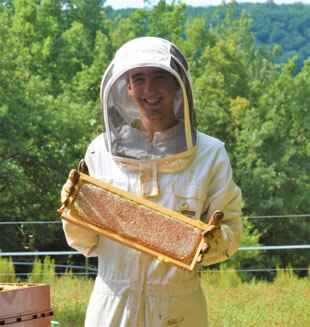
This month’s work
This month, the beekeepers’ activities in their beehives are slowing down! Here is a summary of the beekeeping work for July:
– Add the supers: with the latest blooms, such as sunflowers or lavender in Provence, keep an eye out: you may need to place a new super. However, you should use frames that have already been built, as otherwise our bees may not touch them.
– Place drinking troughs: water is crucial for tempering the hive. Streams and lakes are sometimes dry in summer. So put a drinking trough in your hives to help them and avoid them tiring out.
– Look out for hornets: like every summer, hornets come to feed from our hives. Hornets hover in front of the hives, in the search of protein to prepare for the fertilisation period (September–October). Both Asian and European hornets are harmful to colonies. So place traps nearby, and place muzzles on the front of the beehives if necessary.
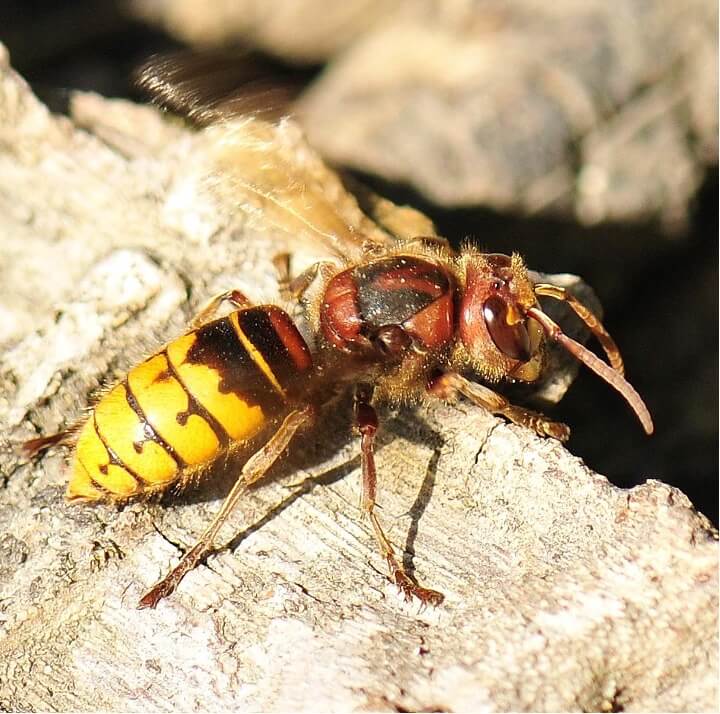
The brood: development through the seasons
You have noticed that the brood, i.e. all the eggs, larvae and nymphs, are increasing or decreasing. Does this depend on the queen’s laying capacity?
Remember the number of alveoli on a frame. In theory, a Dadant body frame has 8,692 alveoli on both sides. There are 7,000 alveoli built and used by the bees. To become an adult bee, the egg goes through three stages: as an egg for 3 days at the bottom of the alveolus, similar to a grain of rice; then a larva that feeds for 6 days, first from royal jelly before consuming honey and pollen until operculation on day 9; and finally, it will become a larva and emerge on day 21.
The queen’s laying varies depending on several criteria: the season, the intake of nectar and pollen, the temperature or swarming.
Considering that our queen lays the same number of eggs each day, i.e. 1,500 eggs, she will need 4 frames to complete her 21-day cycle (1,500 eggs x 21 days = 31,500 alveoli, which represents 4.5 frames). This means that there is enough space in the season so that there is no laying blockage.
You can do the calculation the other way round depending on the period. For example, if you do not have more than 3 brood frames in the beehive in autumn, your queen now lays 1,000 eggs per day (3 frames x 7,000 alveoli = 21,000 alveoli, then divided by 21 cycle days = 1,000 eggs per day).
In practice, you will find the queen laying in the middle of the beehive and in the centre of the frame to allow honey and pollen to be stored on top of the frames, which is often referred to as the honey/pollen crown.
You will now be able to estimate the power of your beehive!
Propolis
Although it is said to stain and stick, it’s a great health product! As soon as you open your beehive, you will see it. It gives the beehive a fragrance. As a growing source of income for the beekeeper, it is increasingly sought after for its beneficial properties or its use in sweets, for example.
Harvesting propolis is hard work for our bees. However, this putty performs multiple functions in the hive.
More precisely, it is a resin collected from plants and mixed with wax. The bees carry the propolis on their pollen baskets as shown here:
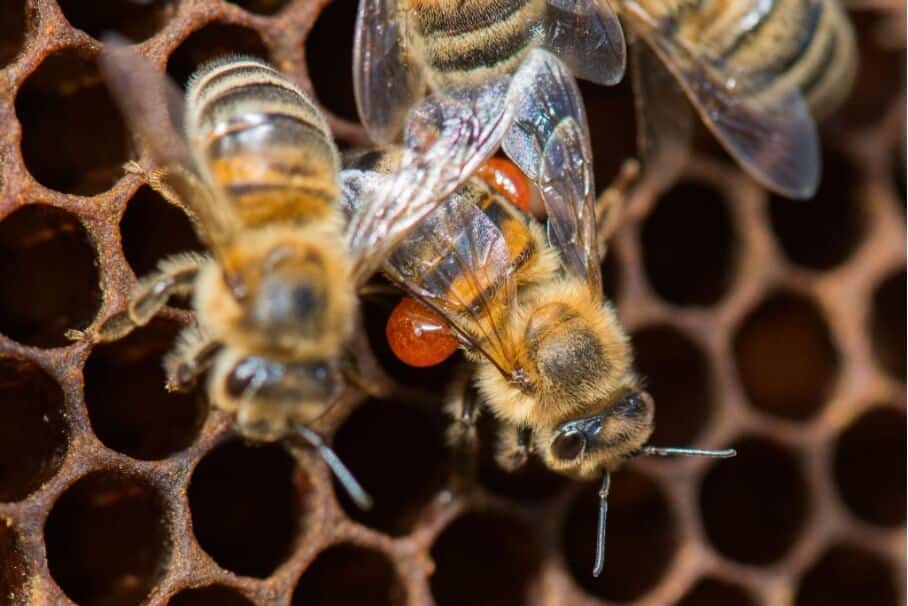
The bees will recover this resin from poplars, birch trees, willows, pines, eucalyptus trees and chestnut trees. It runs along the branches and trunks of these trees to protect the injured parts, or it can even be found on young buds and leaves.
The foragers bring very little propolis back to the hive – around 100 g/year. However, a species such as the Caucasian bee is very good at producing propolis. With these bees, you can harvest up to 1 kg over the season!
The colony needs propolis for the major purpose of cementing defects and smoothing rough surfaces.
Calendar for novice beekeepers
Keeping a beekeeping calendar is both a legal requirement and, above all, very useful for beginners. If you started your first season in April, you will have already seen a lot of things. But it’s not over yet! Everyone will take different notes, but to follow best practice at the right time next year, go back to your “beekeeping register”. There are no identical landmark dates for every region. We all have a different calendar that follows our foragers’ blooms.
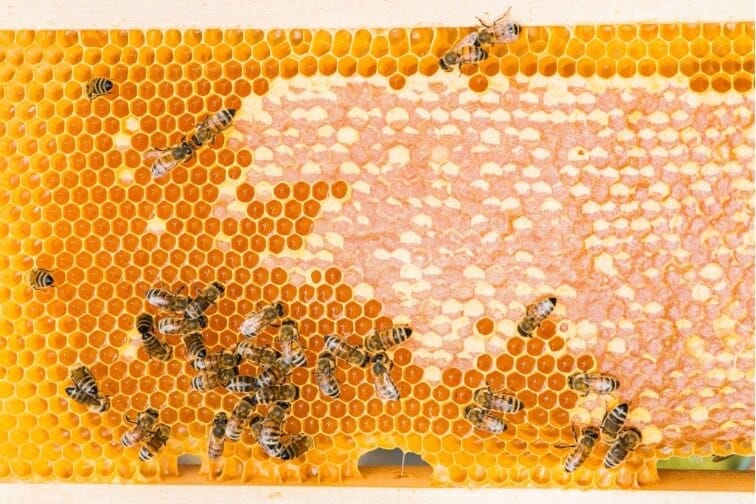
Write down your questions and ask them to your beekeeping union each month.
As usual, share your photos with us. They will be posted on our website from social media using the hashtag: #apifonda #apiinvert!
Happy summer, everyone!
We will be back next month on your API blog with your faithful partner, Les Ruchers De Mathieu!
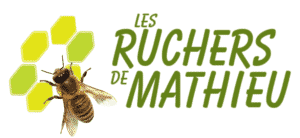
LES RUCHERS DE MATHIEU
Honey & Beekeeping Shop
Photos ©lesruchersdemathieu
